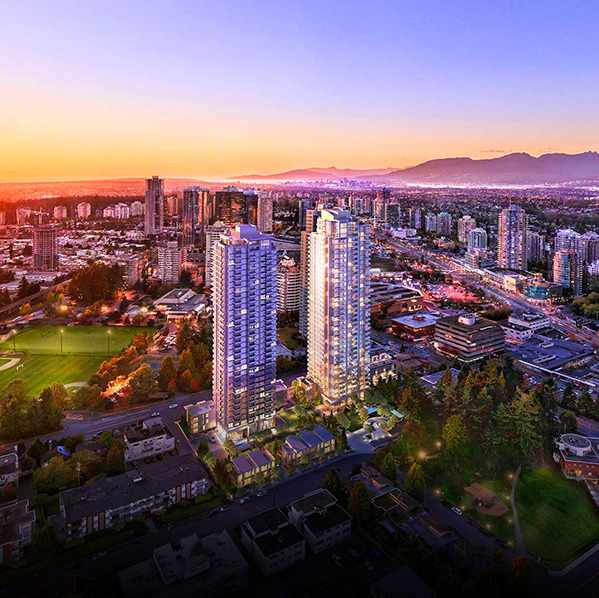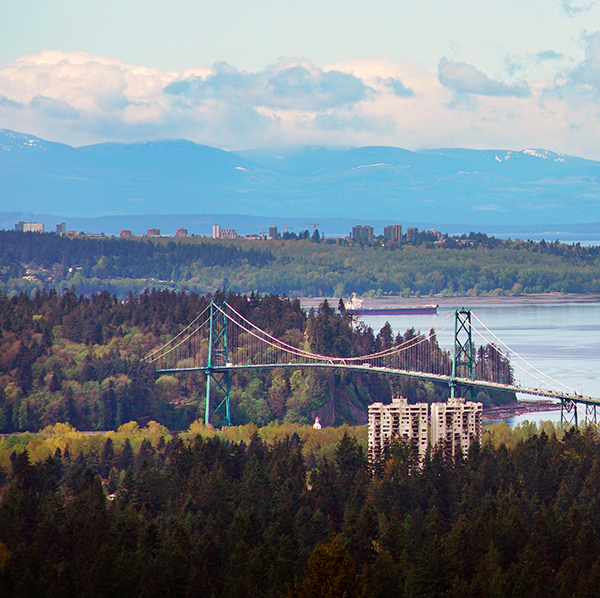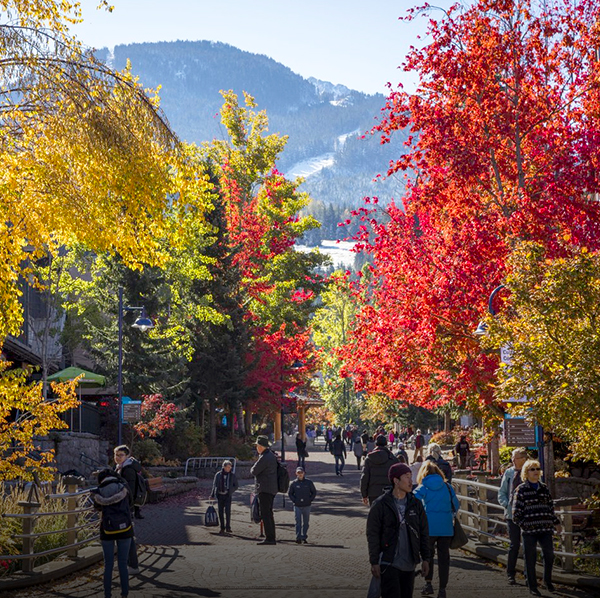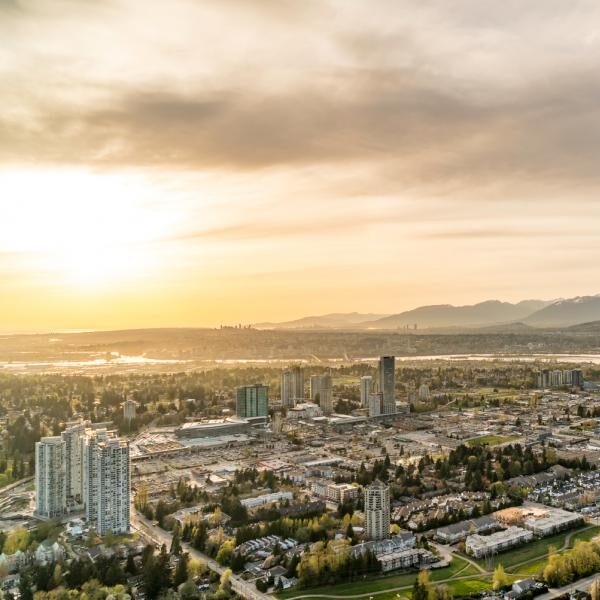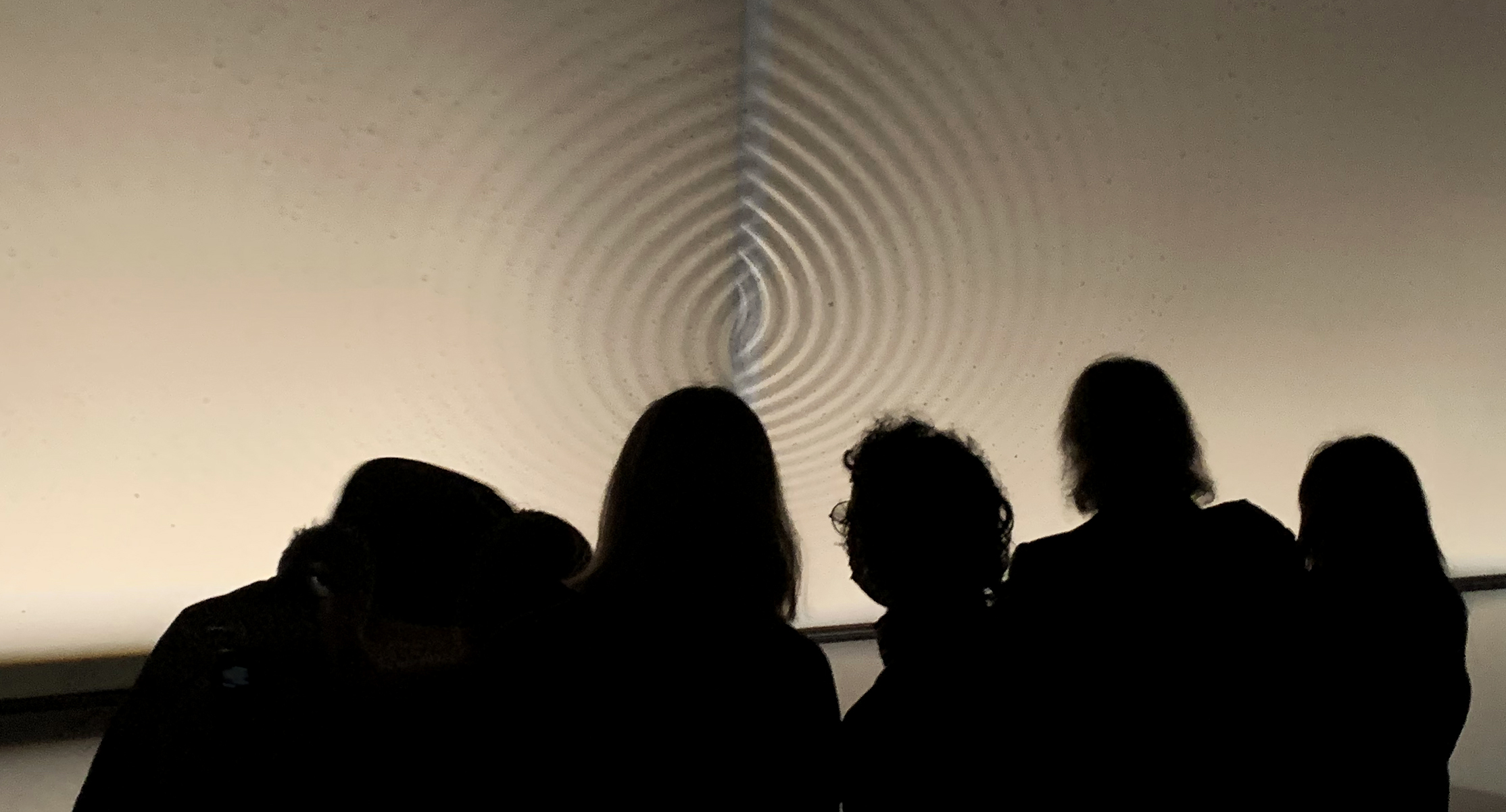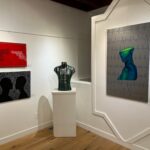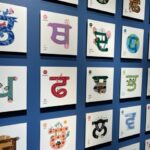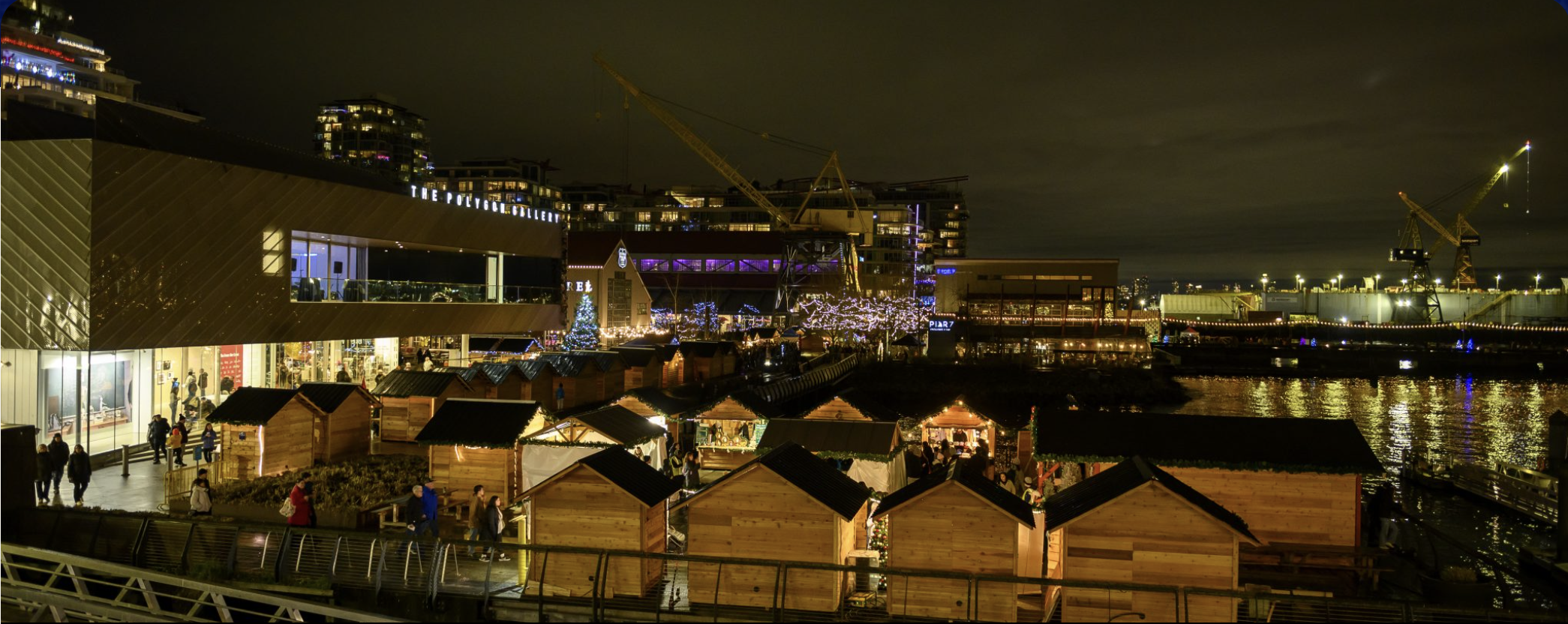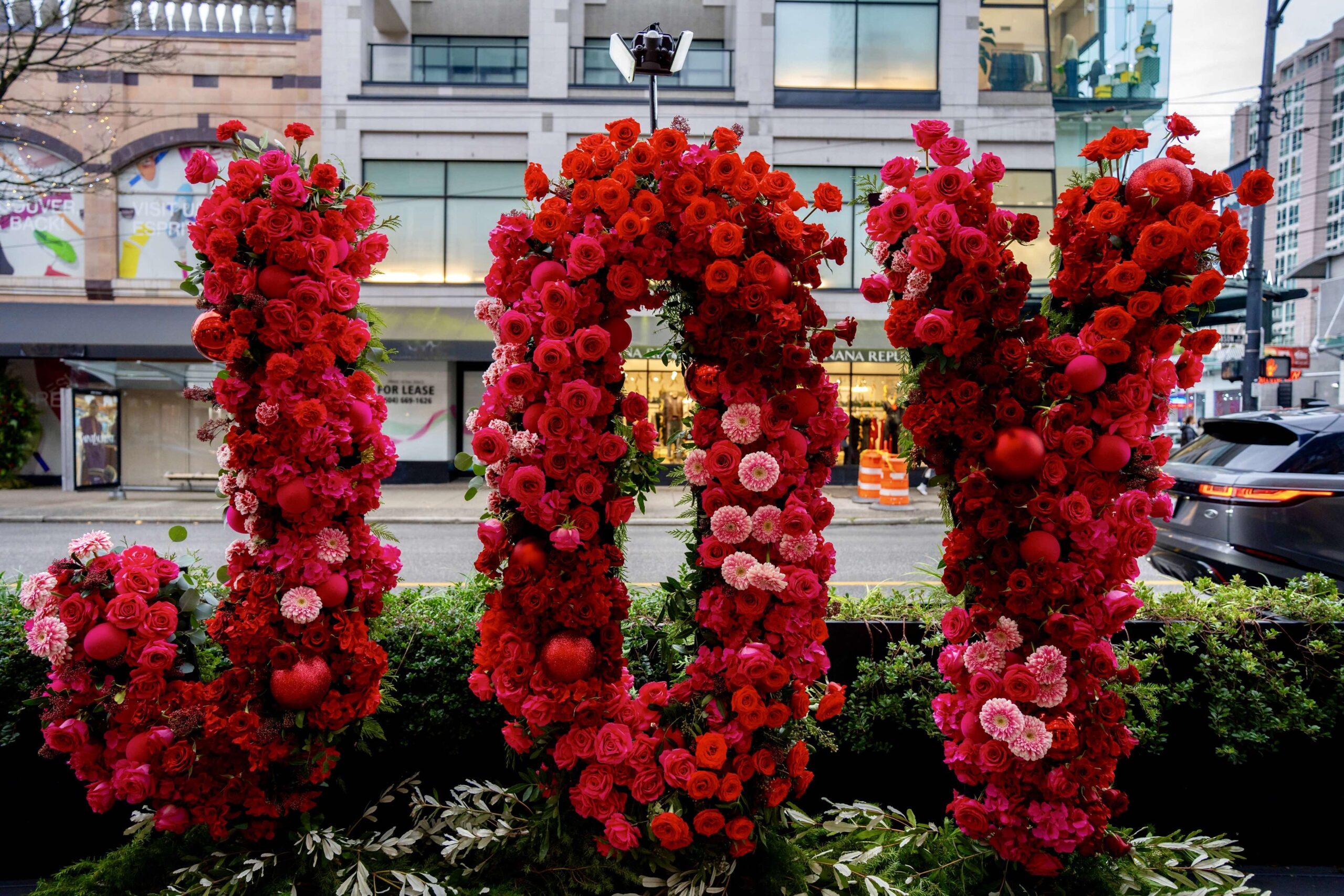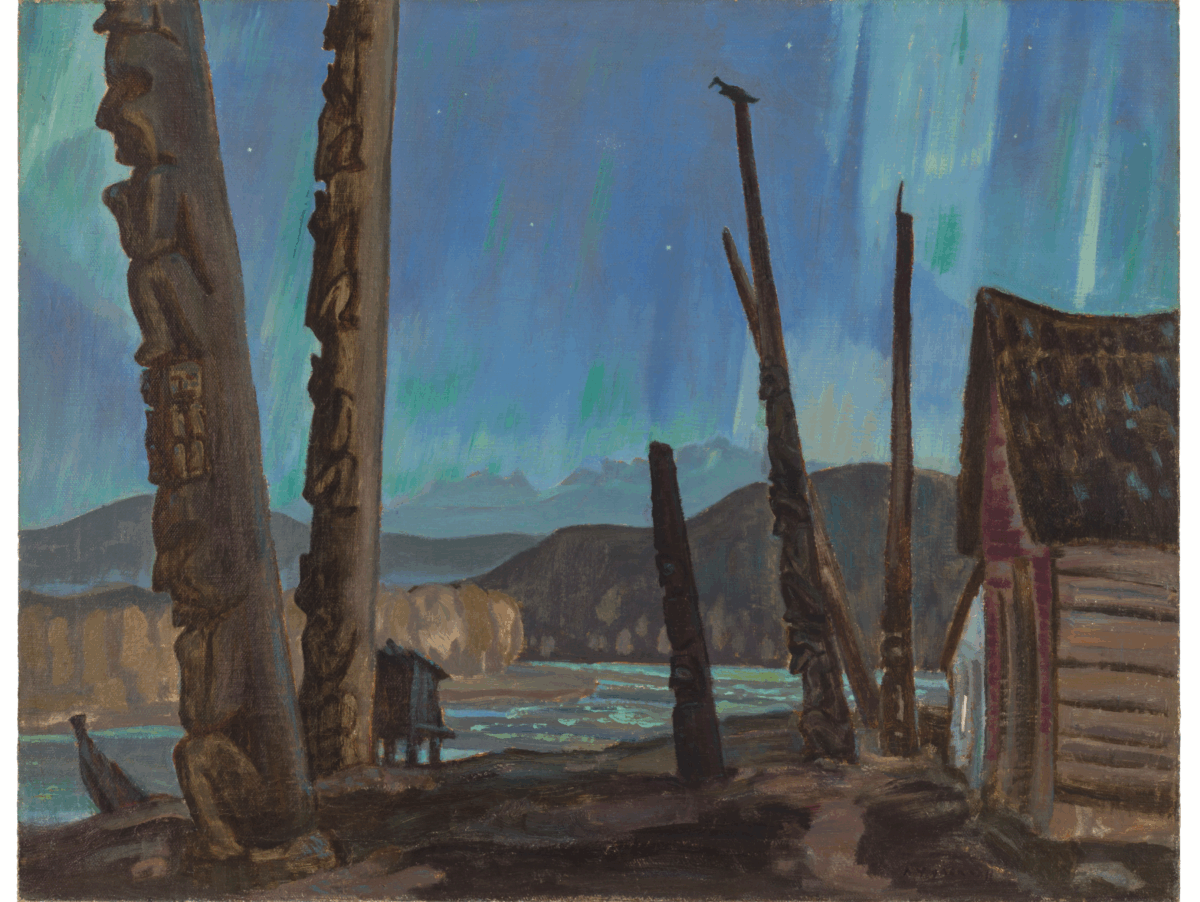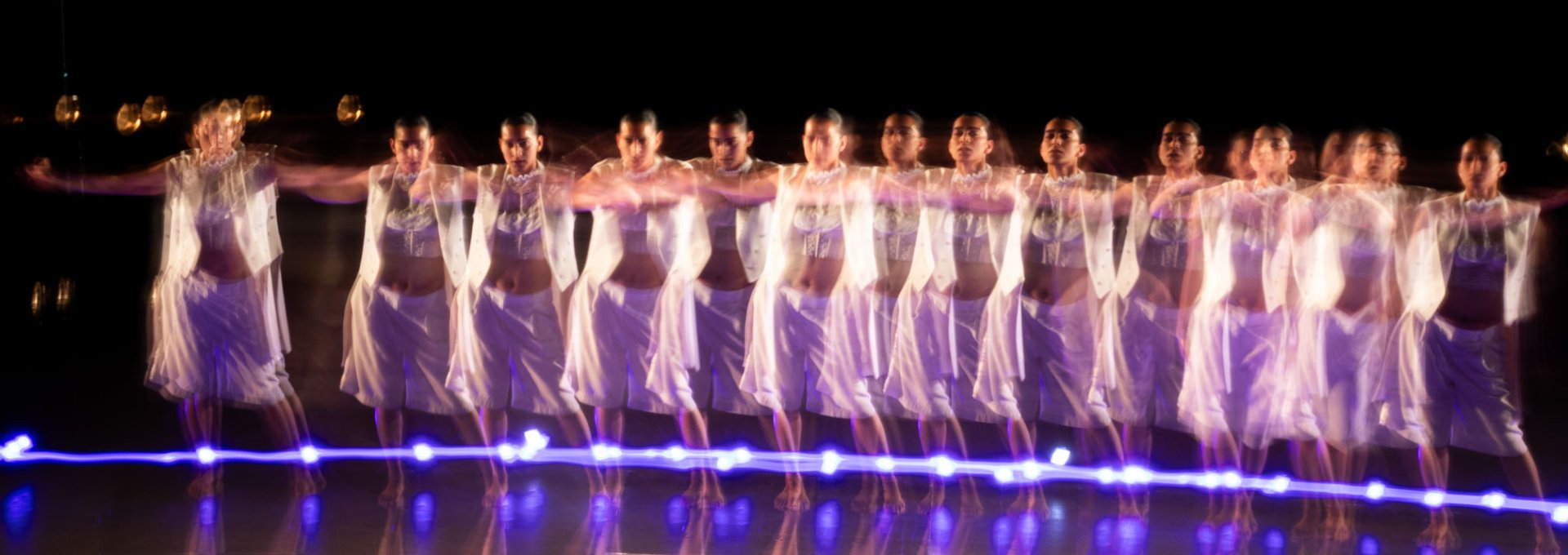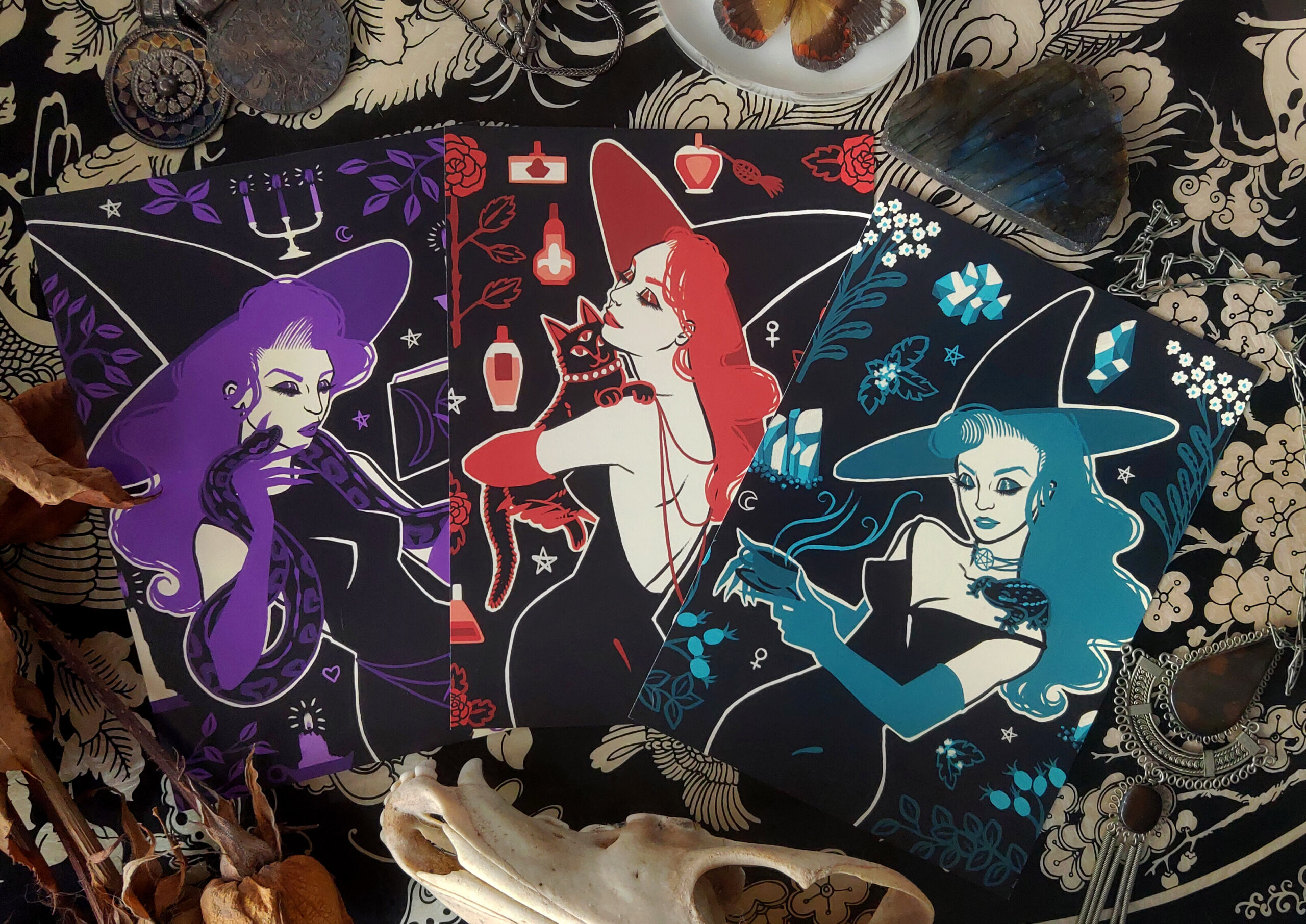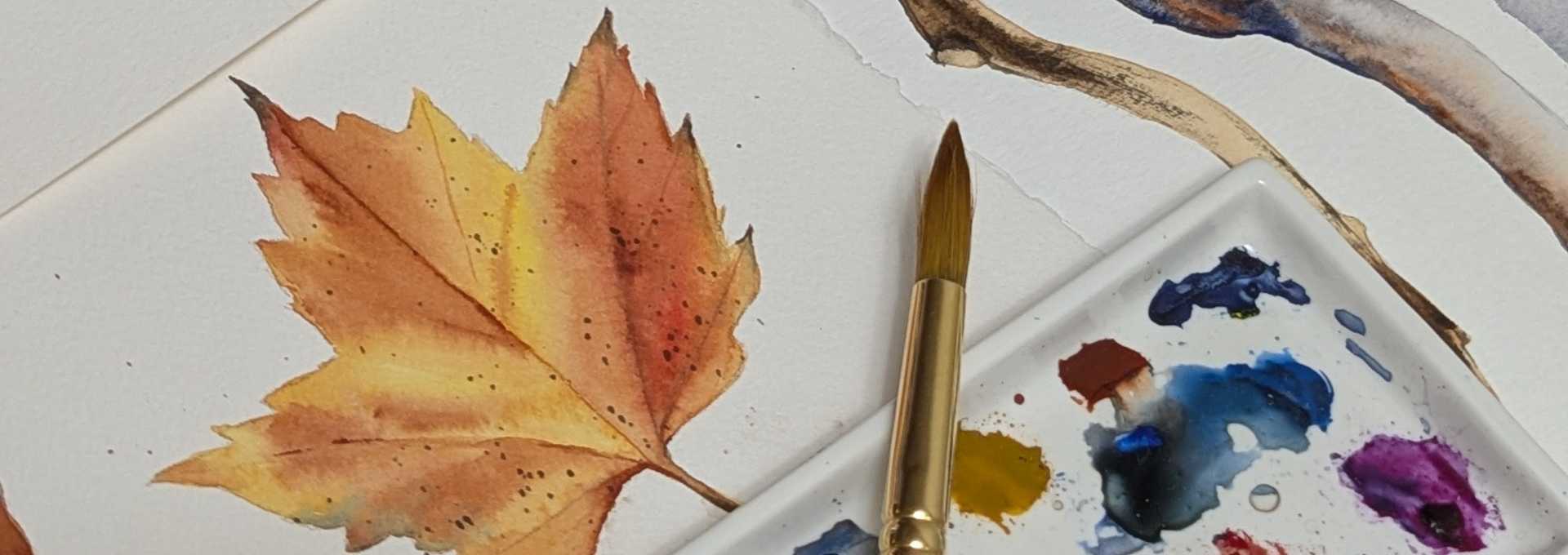By Kristin Lim
Recently opened at New Media Gallery, aBIOTIC is an impressive experiential exhibition that brings together three international artists exploring the mysterious behaviours of water. The installations use sound, light, technology, physics and chemistry to investigate and manipulate elements. The works on view include The Long Now by Cologne-based Verena Friedrich; Sky by Paris-based collective Labofactory; and Infra/Supra by Reykjavik-based Finnbogi Pétursson.
Friedrich, Pétursson, and two of four members of Labofactory, Laurent Karst and Filippo Fabbri, were in town to mount the exhibition and gave brief artist talks ahead of the hugely well-attended opening on February 4th. While each installation is unique in its genesis, fabrication, and purpose, the artists conveyed a unifying element in their talks—the works aim to establish a connection with the audience.
The first work you encounter is Friedrich’s The Long Now, an experimental piece designed to prolong the life of a soap bubble. Encased in a clear, perspex box is a perfect soap bubble, suspended in a controlled gas atmosphere, its iridescent surface illuminating like a jewel. The box, is set up on a table with a hose attachment coming out of it and a small robotic device on top, responsible for dropping the single soap bubble into the chamber. The bubble exists in a fabricated environment controlled by science and technology, but many parameters are still involved that change throughout the day, affecting the lifespan of each bubble. After an unpredictable amount of time—Friedrich prefers not to define the record of the longest-lasting bubble to preserve the uncanniness of the sculpture–the bubble eventually pops and triggers the system to restart the process.
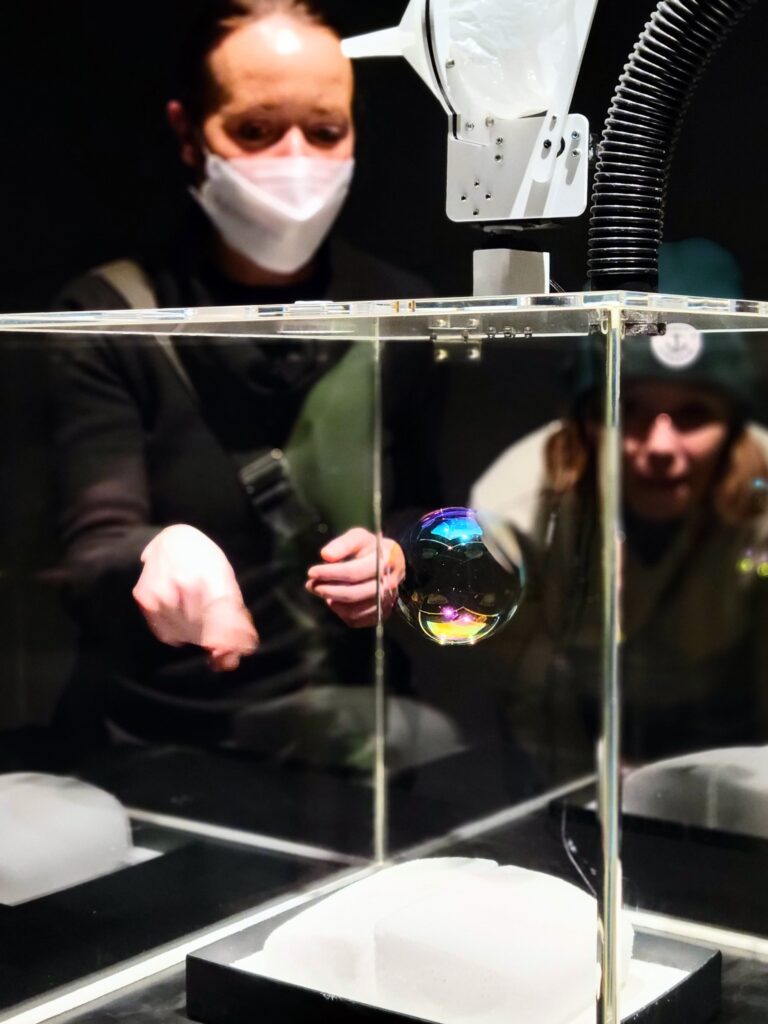
Friedrich is an artist and teacher, whose practice exists between art, technology, design, and engineering. She has previously shown at New Media Gallery in 2018, with her work Transducer, an installation that references bioscientific examination methods. In her talk, Friedrich described The Long Now as dealing with time, the possibility of life extension through science and technology, and the desire for eternal life. Her work draws from early scientific experiments on the soap bubble from the 18th Century, and later, British physicist Charles Vernon Boys’s book, Soap Bubbles from 1890, dedicated to the properties of soap films. Referencing vanitas, the genre of still-life painting which emerged in the Dutch Golden Age of the 17th Century that reminded viewers of the passage of time, the transience of life, and inevitability of death, Friedrich reflects the fragility of life in a contemporary form. Friedrich added: “the work creates wonder on one hand, and the desire for knowledge and investigation on the other.” This piece inspires a childlike sense of wonder in the viewer, albeit far from the rush of excitement a child might experience from blowing and chasing a flurry of bubbles into the air.
In an adjacent room lit only by the artwork at its centre, is Sky by Labofactory. Here we see clouds rolling in a wave-like motion and pushed through a long, rectangular tank. The viewer is positioned above the clouds, looking down onto the sky, illuminated from the ground. The work demonstrates the cyclic system of water becoming mist and mist becoming water. On one wall, an analog projection casts light and shadows from the mist’s movement as well as the audience’s, placing the viewer within the work.
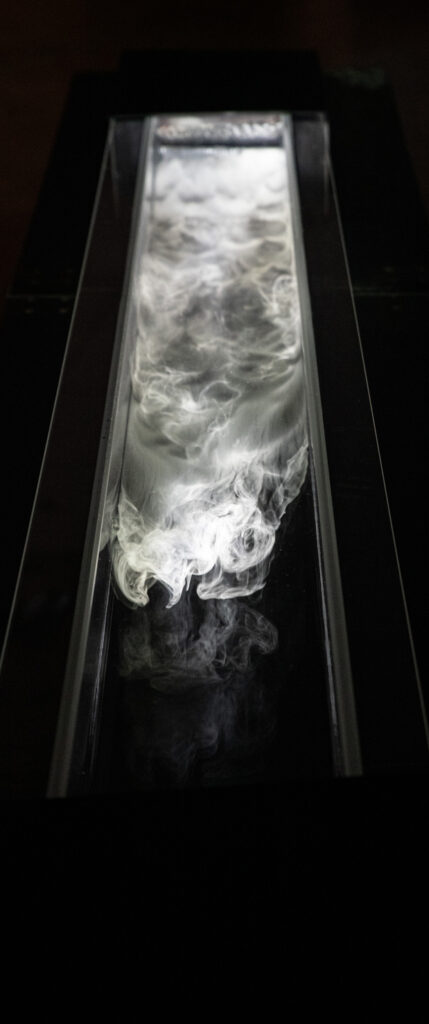
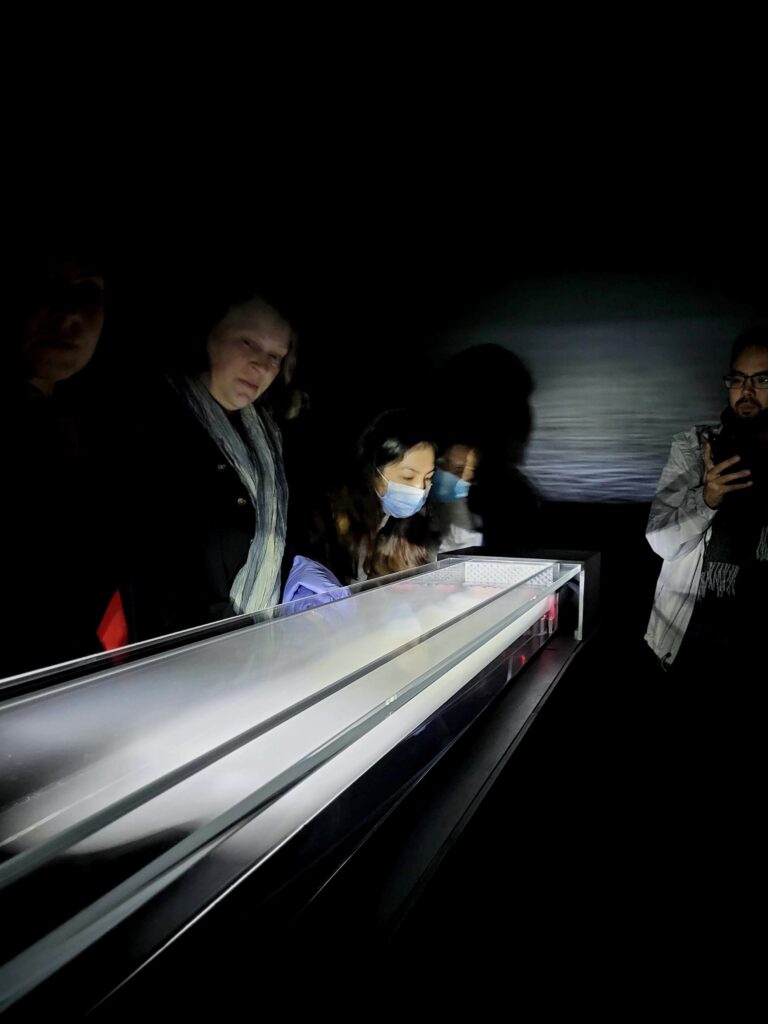
Founded in 2005, Labofactory’s philosophy is to work together with scientists, designers, composers, architects, and other artists to exchange knowledge. Members Laurent Karst and Filippo Fabbri, were in town to install the work for the exhibition (the other members are Jean Marc Chomaz and Greg Louis). Karst attributes the inspiration behind the work to the observation of the sky. “When there is wind, clouds move rapidly, and as the light changes, you discover the surface of the sky.” He adds, “It’s a piece of the sky that we present. It is the same idea of questioning our condition to the climate.”
Interestingly, the mist’s movement is controlled by sound. Fabri, a researcher in land technology and engineering, as well as a composer and sound designer, composed the sound component of the work, along with Louis. There are two kinds of sounds, which Fabri described as the “industrial, acid, synthetic soundscape” by Louis, and the “organic, more positive score” which he composed. He further explained: “Then we have a metascore – a principal, a mastermind– who will play the conductor and choose to play one sound or the other – and the mist will move accordingly. We have the interplay between two forces, the synthetic and the organic, to create beauty.”
For Karst, childhood experiences and memories of gazing up at the sky and observing the movement of clouds are registered in the body. When confronted with the installation, all of these embedded experiences of wonder rise to the surface.
Finally, one of Iceland’s most prominent artists, Pétursson’s sound-modulated water installation Infra/Supra. It’s hypnotic. Occupying the largest of the gallery spaces, the work presents a shallow pool of water with black ink and three small speakers delivering the equivalent of three hertz of sound vibration just under the surface of the water, generating pulsing wave patterns. Vibrations go into the walls and back again. Strategically placed lights project these ripple patterns onto the walls, creating a large-scale visualization of sound, with the overlapping wave patterns billowing in and out. The experience of this work is multi-sensory.
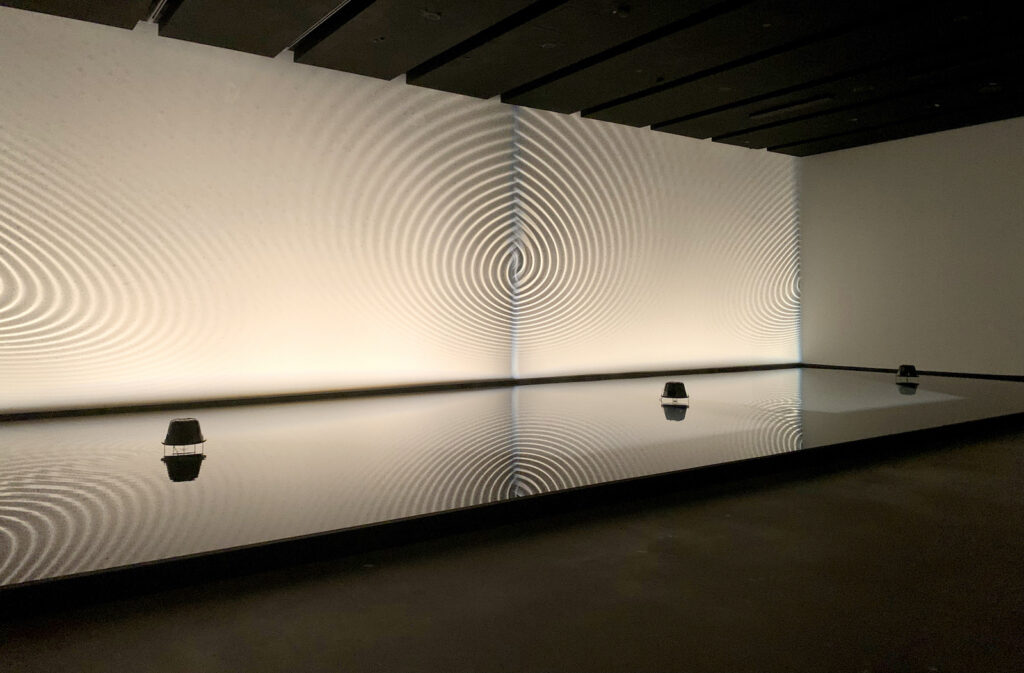
While each piece in the exhibition is based on rigorous experimentation, collaboration, innovation, and years of research, the culminating works go beyond kinetic sculpture or science experiments to deliver something deeper. It makes us think, feel, and wonder. These are not interactive works, triggered by viewer participation and viewer choices. Rather, they are poetic, elegant works that invite observation, contemplation and command our time.
aBIOTIC is on view at New Media Gallery from February 4 – April 23
For more info, you can visit newmediagallery.ca
New Media Gallery: Hop on the Expo Line, get out at New Westminster Station, exiting at 8th Street, and the Anvil Centre is across the street! To further plan your route, can use the Translink Trip Planner
